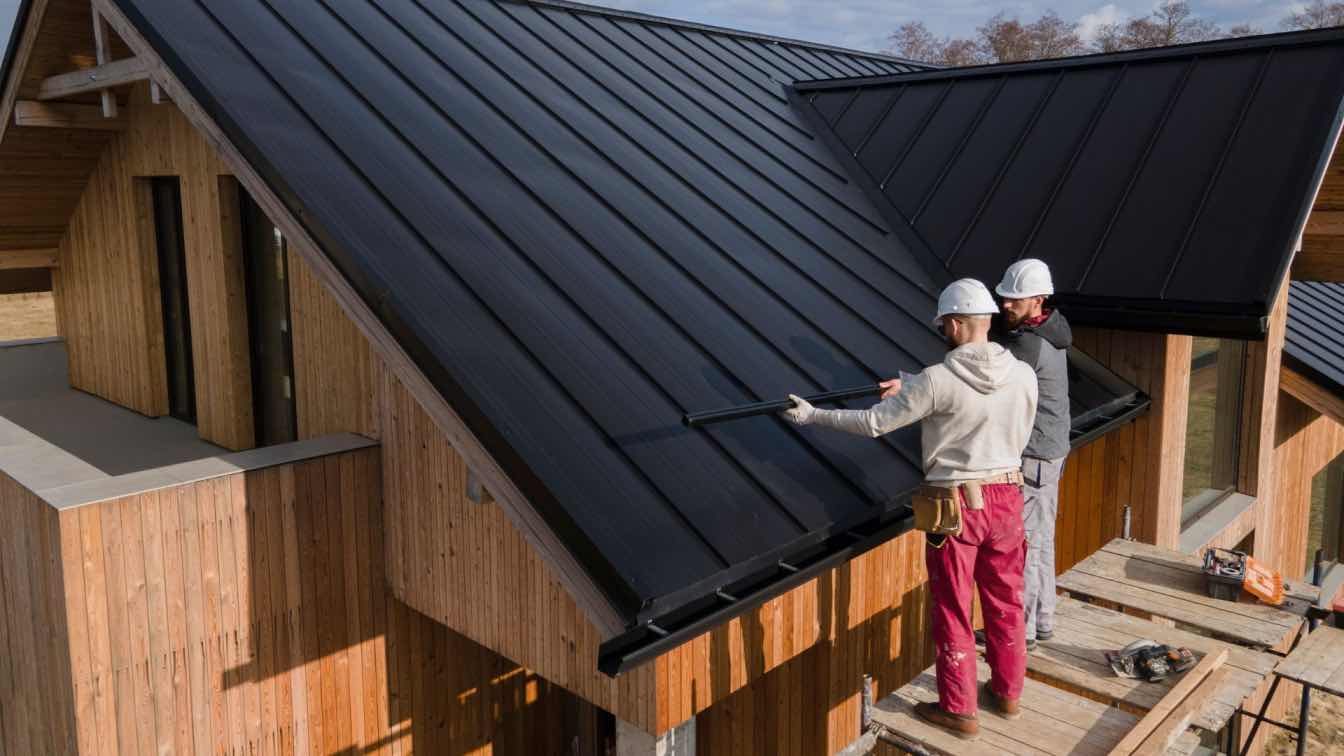Gone are the days of bulky wardrobes and obtrusive shelving units dominating our living spaces. Modern home design is embracing a new era of storage solutions that prioritize both form and function. Imagine kitchen countertops that slide away to reveal hidden pantries, staircases that double as pull-out drawers, or sleek wall panels concealing entire home offices. These innovations are transforming how we think about storage, making it an integral part of our homes' architecture rather than an afterthought. From minimalist urban apartments to spacious suburban houses, the storage revolution is helping homeowners maximize space without sacrificing style, proving that practical can indeed be beautiful.
Hidden in Plain Sight
The art of concealing storage has reached new heights in modern home design. Architects and interior designers are now masterfully integrating storage solutions that blend seamlessly with the overall aesthetic of a space. Walls that appear solid may house entire closets, while seemingly decorative panels can slide open to reveal shelving units. Even furniture is getting in on the act, with coffee tables that lift to expose hidden compartments and beds that rise to uncover spacious storage areas underneath.
These innovative designs not only maximize space but also maintain a clean, uncluttered look that's so prized in contemporary interiors. For those seeking inspiration for their own homes, exploring reliable storage in Lincoln park can provide valuable insights into how professional designers are incorporating these invisible storage solutions. The key is to think creatively about every nook and cranny, transforming unused spaces into functional storage areas that remain hidden until needed.
Note: Interestingly, the concept of hidden storage dates back to ancient times. Secret compartments were common in Egyptian furniture, while Japanese homes have long utilized sliding panels and multifunctional spaces to maximize storage in small areas.
Smart Tech Meets Storage
The integration of smart technology into invisible storage solutions is revolutionizing how we interact with our living spaces. These innovations not only make storage more efficient but also enhance the overall functionality of our homes. Some cutting-edge features include:
- Voice-activated opening and closing mechanisms
- Biometric security for valuable storage areas
- IoT-enabled inventory tracking systems
- Automated climate control for sensitive items
- App-controlled lighting within storage spaces
These smart storage solutions are part of the broader trend of home automation, making our living environments more responsive and intuitive. From refrigerators that can track grocery lists to wardrobes that suggest outfits based on the weather, the possibilities are expanding rapidly.
As home technology expert Sarah Johnson notes, "Smart storage is not just about convenience; it's about creating a more harmonious relationship between our living spaces and our daily routines, ultimately improving our quality of life."
Materials and Aesthetics
The success of invisible storage solutions hinges on the careful selection of materials and finishes that seamlessly blend with the home's overall design. Modern architects and designers are pushing the boundaries of material science to create storage elements that are both functional and visually appealing. High-quality woods, sleek metals, and innovative composites are being used to craft storage units that mimic the look of walls, floors, and furniture.
Advances in nano-coatings allow for fingerprint-resistant surfaces, while new laminate technologies create ultra-realistic wood and stone appearances. The goal is to create storage that disappears into the background when not in use, maintaining the clean lines and open feel of contemporary spaces. Color matching and texture replication have become so sophisticated that even upon close inspection, these storage solutions often remain undetectable.
Expert insight: "The future of invisible storage lies in materials that can change properties on demand. Imagine surfaces that can shift from opaque to transparent, or textures that alter to reveal hidden compartments – that's where we're heading."
Research: A study published in the Journal of Interior Design in 2023 examined the psychological impact of visible versus invisible storage in home environments. The research, conducted over 18 months with 300 participants, found that homes with well-integrated, invisible storage solutions reported a 35% increase in perceived spaciousness and a 28% reduction in stress levels related to clutter. Additionally, participants in homes with seamless storage integration spent 22% more time in shared living spaces, suggesting that these design elements can positively influence social interaction within the household.
Customization is Key
When it comes to invisible storage, one size definitely doesn't fit all. The beauty of these integrated solutions lies in their adaptability to individual needs and spaces. Here's how homeowners can tailor their invisible storage:
- Assess your specific storage needs and lifestyle habits
- Work with designers to create custom solutions for challenging spaces
- Choose materials and finishes that complement your home's existing aesthetic
- Incorporate adjustable elements for future flexibility
- Consider multi-functional designs that serve storage and other purposes
For those moving into a new home or renovating, it's the perfect time to implement these custom storage solutions. Movers in West Palm Beach, FL can help transport your belongings while you reimagine your space with tailored, invisible storage. Remember, the goal is to create storage that works for you, enhancing your daily life while maintaining the visual appeal of your home.
Space-Saving Success Stories
From compact urban apartments to sprawling suburban homes, invisible storage solutions are making waves in modern architecture. Take, for instance, the award-winning Invisible House in Tokyo, where entire rooms transform into storage spaces at the touch of a button. In New York, a 400-square-foot micro-apartment utilizes a moving wall system to create different living areas while concealing extensive storage. Even in larger homes, these innovations shine.
A California mansion features a wine cellar hidden beneath a glass floor, seamlessly blending luxury with functionality. The trend isn't limited to residential spaces either; office buildings and skyscrapers are incorporating invisible storage on a grand scale, maximizing usable floor space without compromising aesthetics. These success stories demonstrate how invisible storage can adapt to various scales and needs, proving that creative design can solve storage challenges in any setting. As more architects and homeowners embrace these solutions, we're seeing a shift towards more efficient, clutter-free living spaces that don't sacrifice style for practicality.
Stat Box:
- 78% of homeowners report increased satisfaction after implementing invisible storage
- Average space savings: 20-30% in residential settings
- 65% reduction in visible clutter reported in homes with integrated storage
- 40% increase in property value for homes with custom storage solutions
Future of Invisible Storage
As we look ahead, the evolution of invisible storage in home design shows no signs of slowing down. Emerging technologies like shape-shifting materials and advanced robotics promise to take seamless integration to new heights. Imagine walls that can expand or contract to create storage on demand, or AI-powered systems that anticipate your storage needs before you even realize them. The line between furniture, architecture, and storage will continue to blur, creating living spaces that are more adaptable and responsive than ever before.





